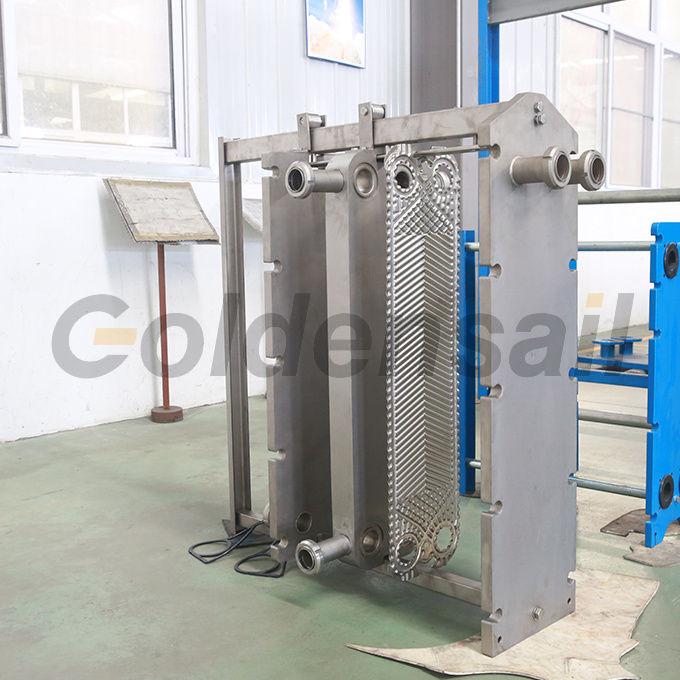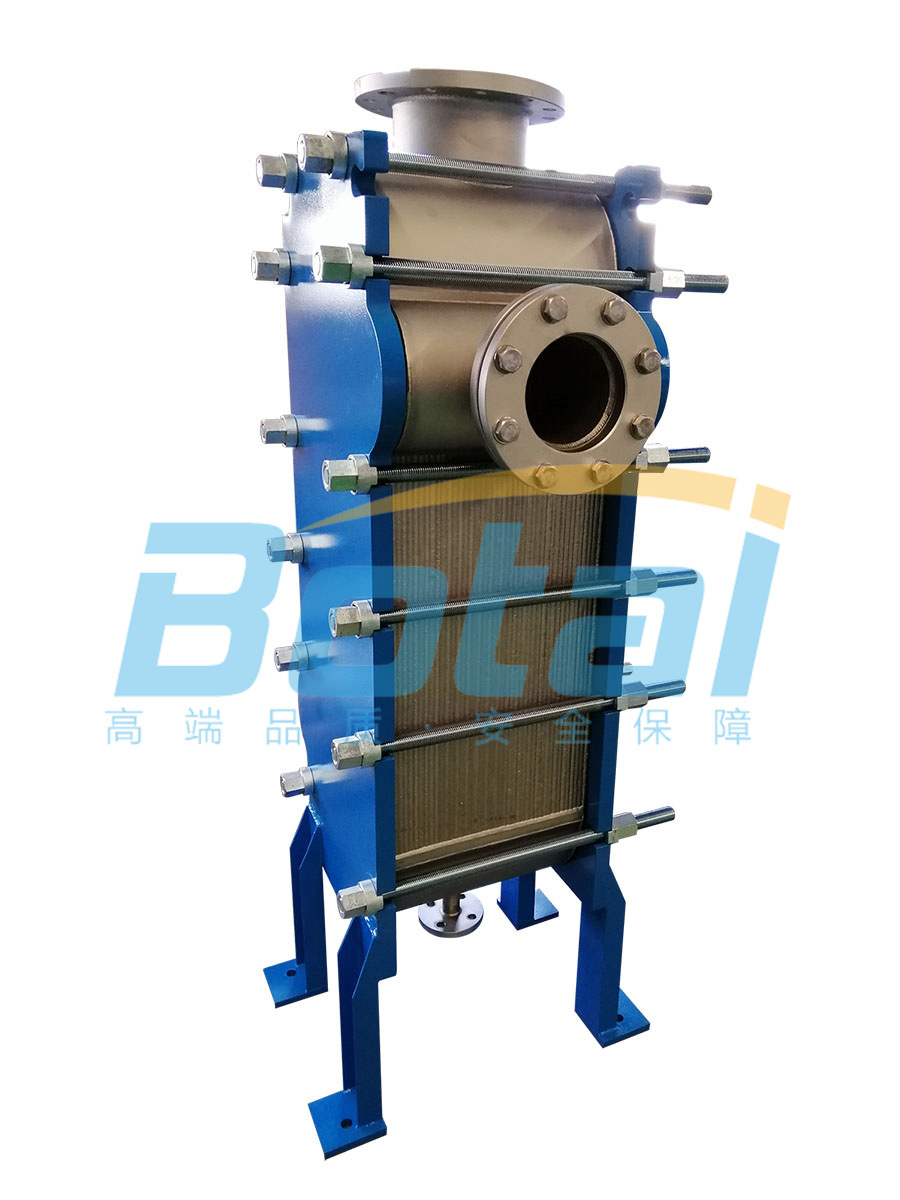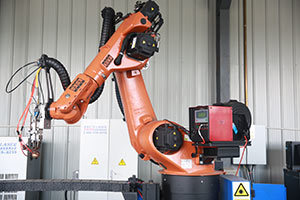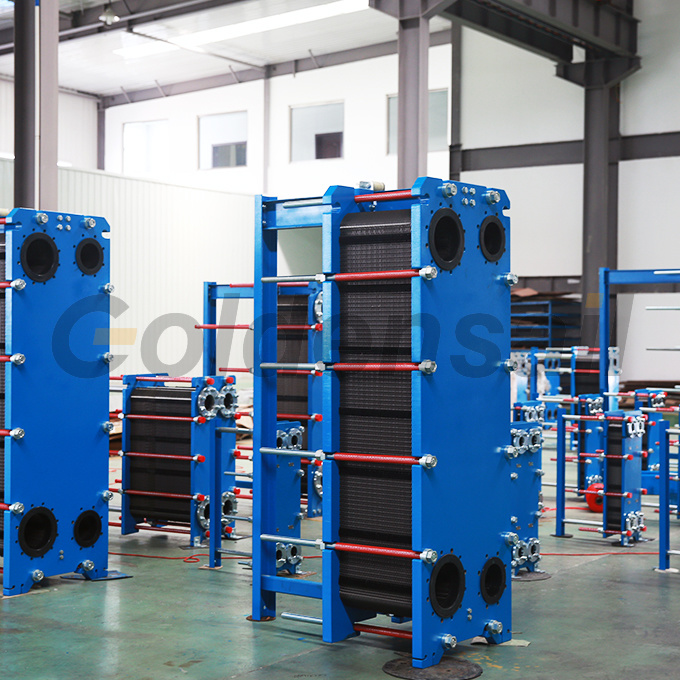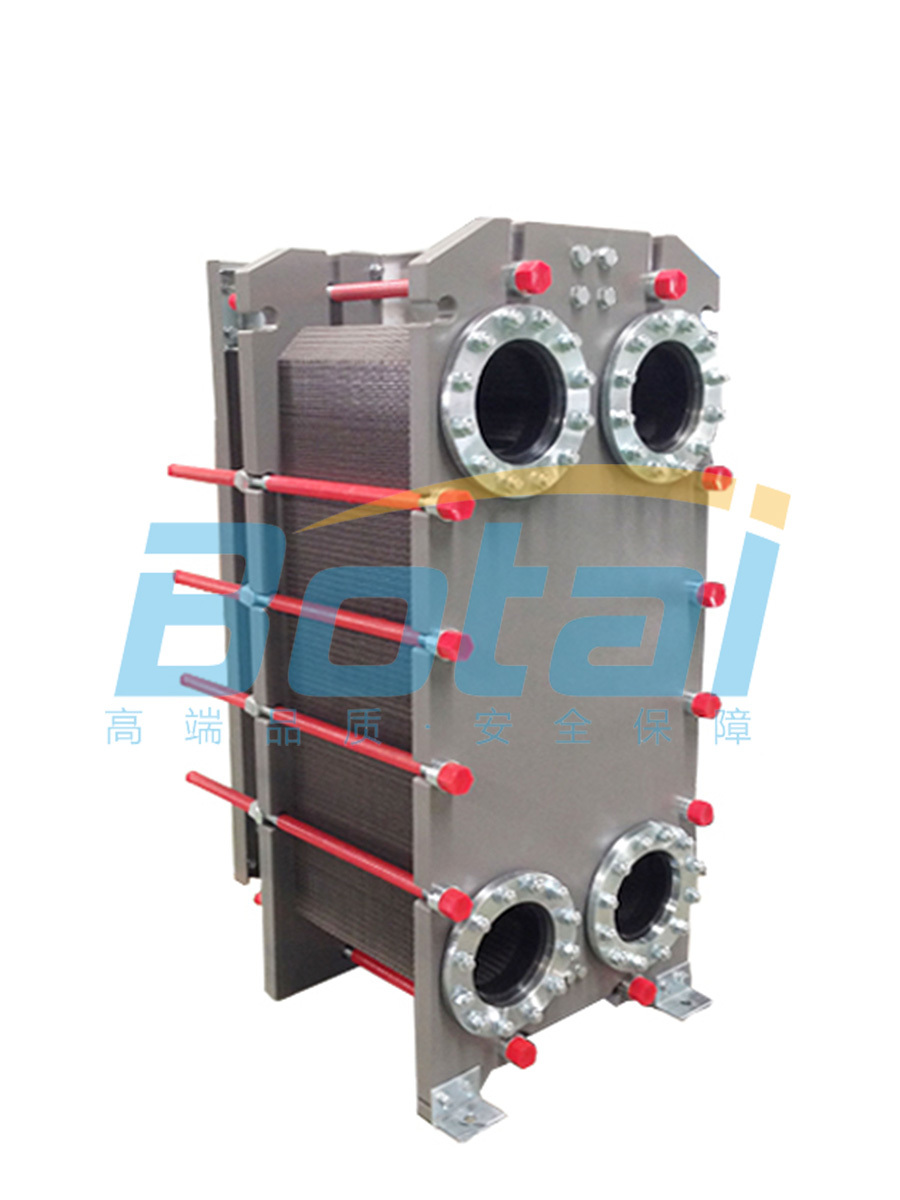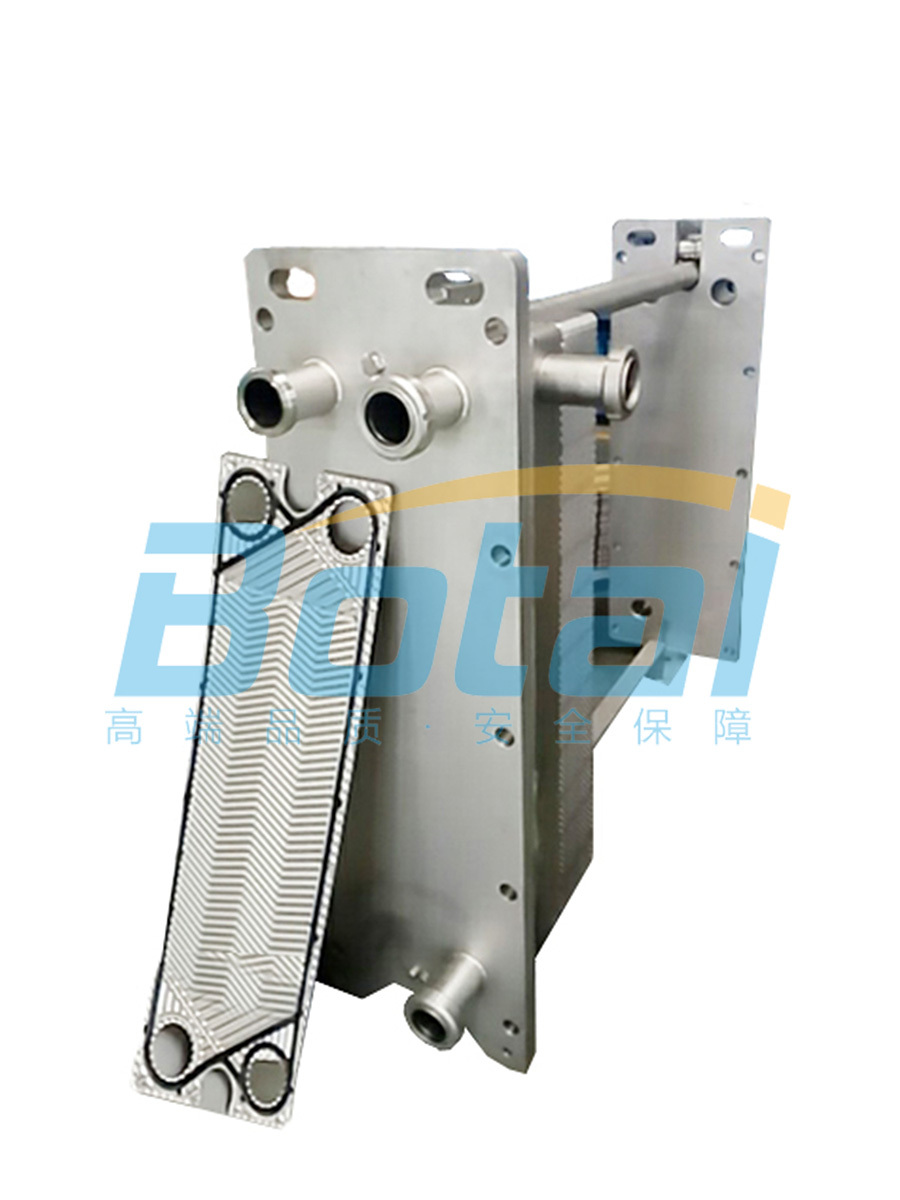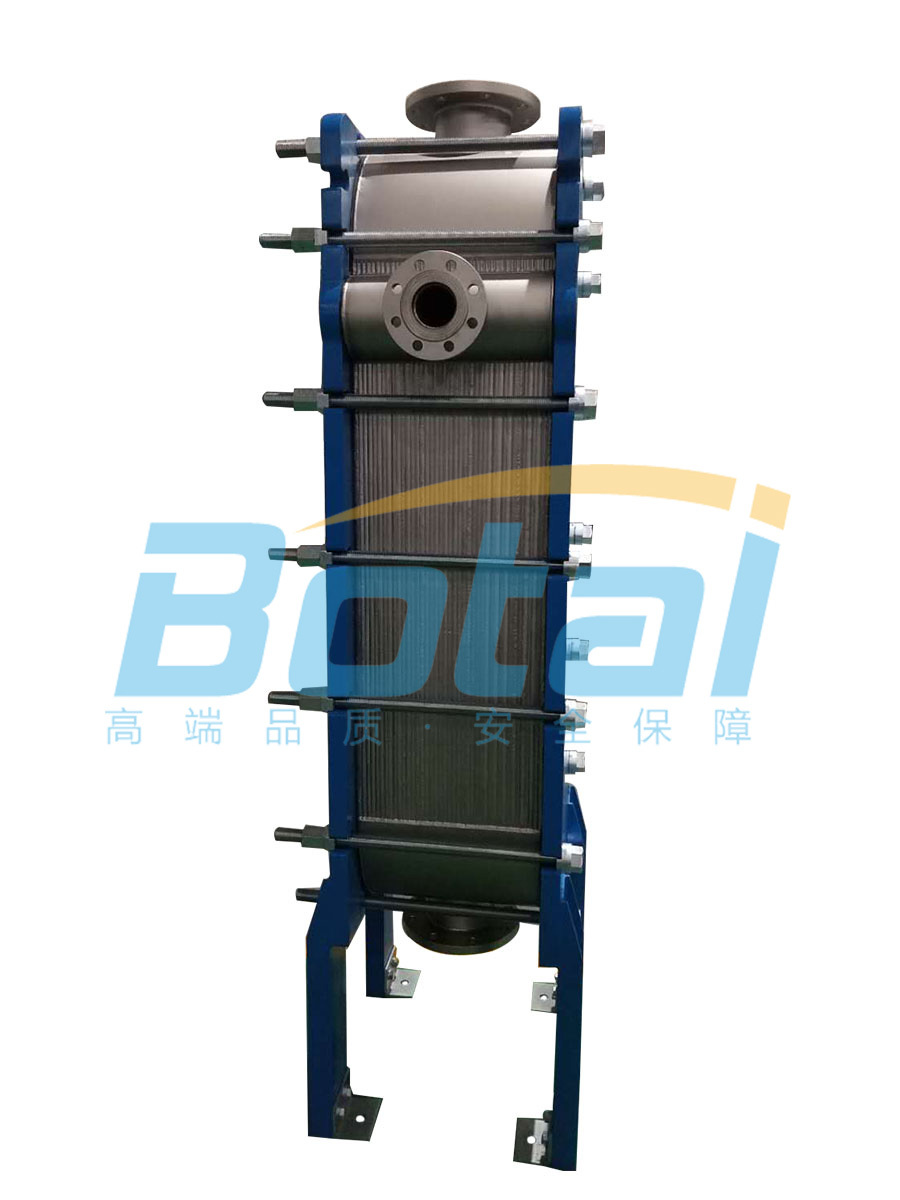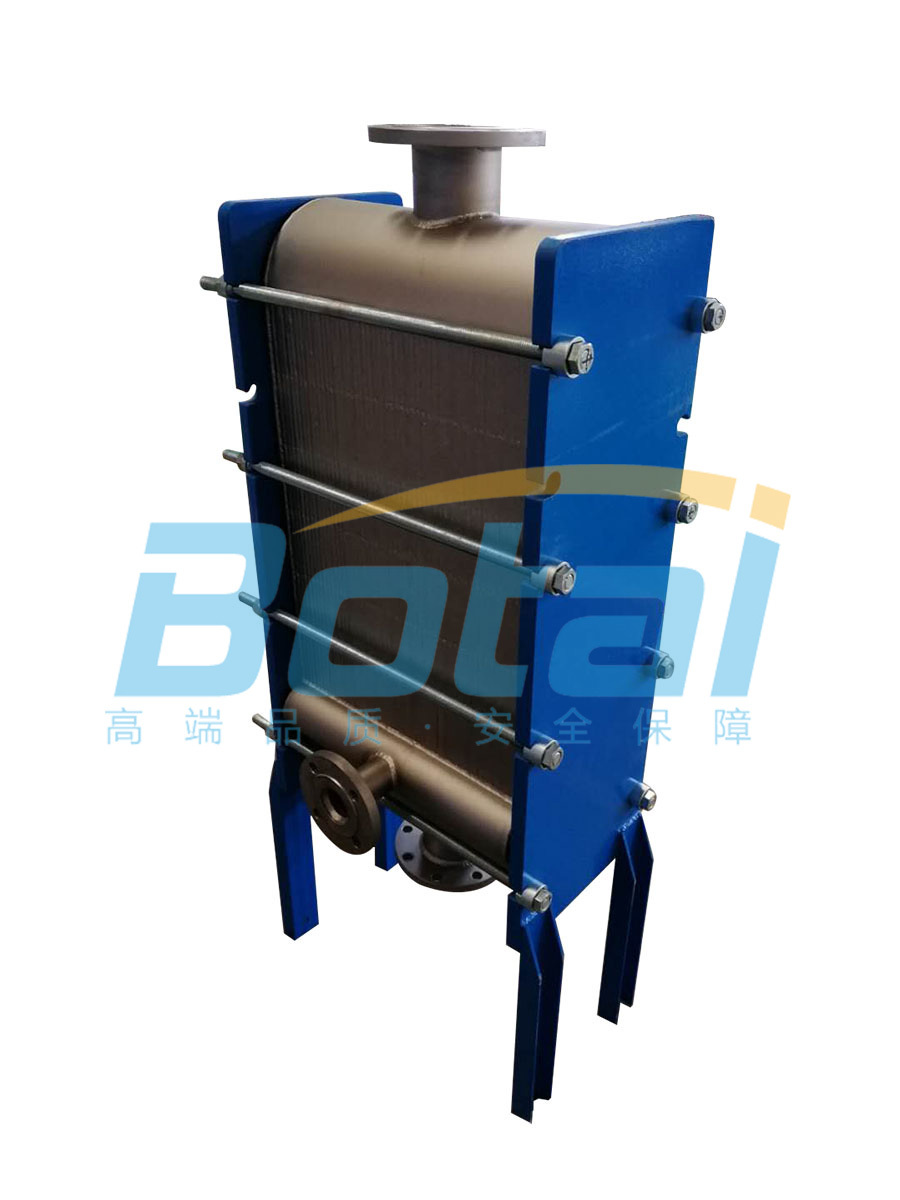Tianjin Botai Heat Exchange Equipment Co.,Ltd
Jan 13,2020
How to solve the scaling problem in plate heat exchangers?
Plate heat exchangers are widely used cooling exchange equipment in the vacuum distillation workshop of refineries. The factory incurs significant costs every year due to the fouling of heat exchangers, and when the problem is severe, it can also affect production. Based on the mechanism of fouling layer deposition, fouling can be classified into particulate fouling, crystalline fouling, chemical reaction fouling, corrosion fouling, and biological fouling.
Jul 02,2020
A brief introduction to the application characteristics of fully welded plate heat exchangers
Due to the good welding process used in fully welded plate heat exchangers, there are no non-metallic sealing materials between the heat transfer elements, resulting in high temperature, pressure, and corrosion resistance. The working temperature can reach up to 500 ℃, and the working pressure can reach up to 2.5Mpa, providing a large heat transfer area in a compact space, which enhances the reliability of the heat exchanger.
Feb 11,2020
The structural principle of a plate heat exchanger
The plate heat exchanger is a type of heat exchanger made of thin metal plates pressed into heat exchange plates, which are assembled by stacking. Thin rectangular channels are formed between various plates, allowing for heat exchange through half plates. The four corner holes of the plates and gaskets form the distribution and collection pipes for the fluid, while also separating the hot and cold fluids. The working fluid flows through the narrow and winding channels formed between two plates.
Mar 06,2020
How to improve the efficiency of plate heat exchangers
How to improve the efficiency of plate heat exchangers: The following points explain that to improve the heat transfer coefficient of the heat exchanger, it is necessary to simultaneously increase the surface heat transfer coefficients on both the hot and cold sides of the plates, reduce the thermal resistance of the fouling layer, select plates with high thermal conductivity, and reduce the thickness of the plates to effectively improve the heat transfer coefficient of the heat exchanger.
Mar 06,2020
Reasons for excessive pressure drop in plate heat exchangers
When selecting the area of the plate heat exchanger for the first time, if it is too small and the system piping has not been properly flushed, excessive pressure drop may occur during use.
Jul 06,2020
Tips for Purchasing Food-Grade Plate Heat Exchangers
Heating, sterilization, and cooling are basic production processes in food processing, where food-grade plate heat exchangers are inevitably used. Although they are all food-grade plate heat exchanger manufacturers, the quality of the equipment produced varies significantly. Below are some tips on how to choose a food-grade plate heat exchanger, helping you purchase a higher quality food-grade plate heat exchanger.
Jul 09,2020
Installation methods and precautions for food-grade plate heat exchangers
The installation of food-grade plate heat exchangers is determined by their structural characteristics, making them relatively convenient and flexible to install. Below, we will explain the installation methods and precautions for food-grade plate heat exchangers. Regarding the assembly of components of food-grade plate heat exchangers, whether the manufacturer ships the components to the user unit for on-site assembly, or the user unit disassembles the food-grade plate heat exchanger during equipment maintenance and then reassembles it, it must be done in the specified order.
Jul 14,2020
Tianjin Plate Heat Exchanger - Why does the all-welded plate heat exchanger use rubber gaskets?
In the design of the fully welded plate heat exchanger, we should be very familiar with the plates of the fully welded plate heat exchanger. However, there is another material between the plates, which is what we commonly refer to as rubber gaskets. Next, a professional manufacturer of plate heat exchangers in Tianjin will provide a detailed introduction to the advantages of using rubber gaskets in fully welded plate heat exchangers.
Jul 21,2020
Tianjin Plate Heat Exchanger - Measures to Prevent Scaling in Fully Welded Plate Heat Exchangers
Food-grade plate heat exchanger_ In industrial systems, fluids containing particles and fibers enter the fully welded plate heat exchanger. When the flow rate design of the fully welded plate heat exchanger is unreasonable or the channel width is less than the allowable width, particles and fibers will gradually settle at the bottom of the heat exchanger channels, causing increased resistance and poor circulation in the fully welded plate heat exchanger. In severe cases, the heat exchanger will no longer transfer heat, seriously affecting the operation of the system process.
Jul 21,2020
Tianjin Plate Heat Exchanger - Cleaning Methods for Fully Welded Plate Heat Exchangers
Food-grade plate heat exchangers_ Fully welded plate heat exchangers play an increasingly important role in industrial and civil markets. However, due to the narrow gaps and small flow cross-sectional area of fully welded plate heat exchangers, when high-temperature water or media containing fibers and particles pass through, it is easy to scale or block, which reduces the heat exchange efficiency of the fully welded plate heat exchangers and affects the safe and normal operation of the heat exchangers. Therefore, how to quickly and effectively clean fully welded plate heat exchangers will become an important issue to ensure safe production and stable operation.



